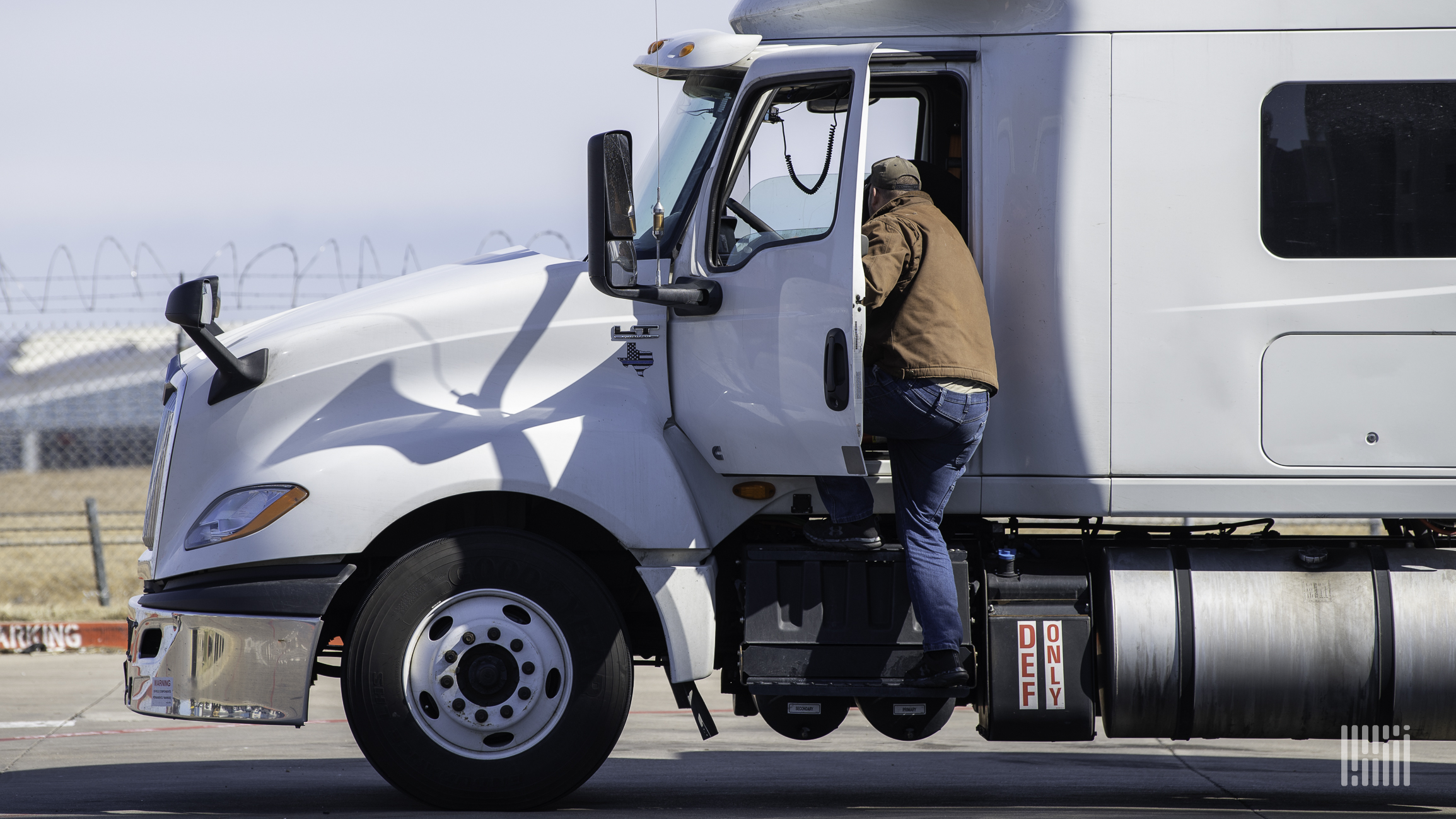Dash cameras play a vital role in capturing risky moments while driving; however, the true potential of these devices shines through in the aftermath of their recordings. Through the right coaching methodology, dash cam events can lead to meaningful behavior changes, ultimately reducing risks and fostering a culture of safety within fleets.
The Power of Structured Coaching
The transformation from simple alerting to profound improvement is not just a dream; it’s backed by data. For instance, a study conducted by the Virginia Tech Transportation Institute uncovered that fleets employing video-based coaching experienced remarkable progress. Some reported an average decline of 49% in DOT crash rates, while others documented improvements in their CSA BASIC scores regarding unsafe driving and crash indicators. The question then arises: how can fleet managers convert these alerts into actual safety enhancements?
Step 1: Implement Smart Detection
Effective coaching initiates with the right tools. Modern dash cams provide more than mere recordings—they highlight incidents such as speeding, hard braking, rolling stops, and tailgating. Advanced systems utilize AI to classify incidents, allowing managers to focus on understanding the nuances behind each behavior.
An optimal dash cam system encompasses both road-facing and driver-facing views, real-time notifications, and features tailored specifically for coaching.
Step 2: Prioritize Alerts
Not every alert merits urgent attention. Fleet managers are encouraged to pinpoint the high-risk moments that demand immediate follow-up—such as texting while driving or disregarding construction zones. Identifying patterns is crucial: is a particular behavior an isolated incident or symptomatic of a broader concern?
Consider the following priority list based on FMCSA disqualification criteria, crash prediction research, and CSA severity weights:
- High Priority (Immediate Action Required):
- Use or possession of drugs/alcohol in a Commercial Motor Vehicle (CMV)
- Leaving the scene of an accident
- Texting while driving
- Reckless driving
- Speeding 15+ mph over the limit
- Failure to wear a seatbelt
- Medium Priority (Coaching Required):
- Following too closely
- Failure to yield right of way
- Improper lane changes
- Failure to obey traffic control devices
- Speeding in a construction zone
- Low Priority (Monitor or Coach as Needed):
- Rolling stops on private property
- Occasional minor lane drift
- Incomplete signaling
Having a tiered strategy helps direct immediate coaching efforts where they can do the most good, ensuring that responses are proportional to the severity of the behaviors.
Step 3: Encourage Conversation During Coaching
The actual coaching phase is crucial—it should be timely, focused, and collaborative rather than punitive. This process is about partnership and cooperation aimed at developing safer habits.
Start your discussions by reviewing the dash cam footage together. Highlight the risks associated with the behavior, and collaboratively brainstorm more constructive alternatives to handle the situation in the future. Instead of admonishments like “Don’t ever do this again,” phrases like “What could you do differently next time?” foster a positive environment.
Step 4: Assign Targeted Training When Necessary
When a behavior demands further attention beyond a chat, introducing corrective action training (CAT) becomes essential. This could entail directing a driver to take a short course, such as one focusing on maintaining appropriate following distances for those who have tailgated or a refresher course on attention management for distracted drivers.
These targeted training segments are critical for drivers to realign with safe practices, helping to eliminate accidents and cultivate a culture of continuous improvement.
Step 5: Effective Follow-Up
One-off coaching is seldom enough to remedy a pattern of behavior. Following up is vital. This may involve revisiting new dash cam clips, scheduling a check ride, or monitoring the driver’s performance over time. Reinforcement of accountability plays a pivotal role in fostering improvement.
Step 6: Documentation is Key
Keeping accurate records of coaching interactions protects the entire operation. If an incident arises later and no documentation is available, it may give the impression that the company neglected known risks.
Failure to document can lead to unfavorable repercussions, especially if a serious incident can be traced back to unchecked behavior. A well-structured dash camera system should ensure that records have expiration dates, preventing old footage from adversely impacting drivers indefinitely.
Step 7: Celebrate Achievements
Recognizing positive outcomes is often an overlooked yet crucial step. Celebrating improvements by acknowledging a driver who successfully navigated a challenging situation can have lasting effects. Positive reinforcement can shift the perception of dash cam programs from being a tool for punishment to becoming a proactive partnership for enhancing safety.
Slutliga tankar
Dash cam alerts represent merely the tip of the iceberg. With a comprehensive coaching framework in place, fleets can convert fleeting video events into lasting improvements—enhancing not only driving behavior but organizational culture as a whole.
The essence of improving driver safety through dash cam alerts highlights that while effective reviews and genuine feedback offer valuable insights, nothing rivals personal experience. On GetTransport.com, ordering cargo transportation at competitive global prices is straightforward and cost-effective. Experience the convenience and extensive array of options available, making informed decisions without the worry of unnecessary costs. Discover how your logistics needs can be effectively met with GetTransport.com—where seamless logistics becomes a reality. Book your Ride here: GetTransport.com.

 Förbättra förarsäkerheten: Omvandla varningar från instrumentkameror till effektiv coachning">
Förbättra förarsäkerheten: Omvandla varningar från instrumentkameror till effektiv coachning">